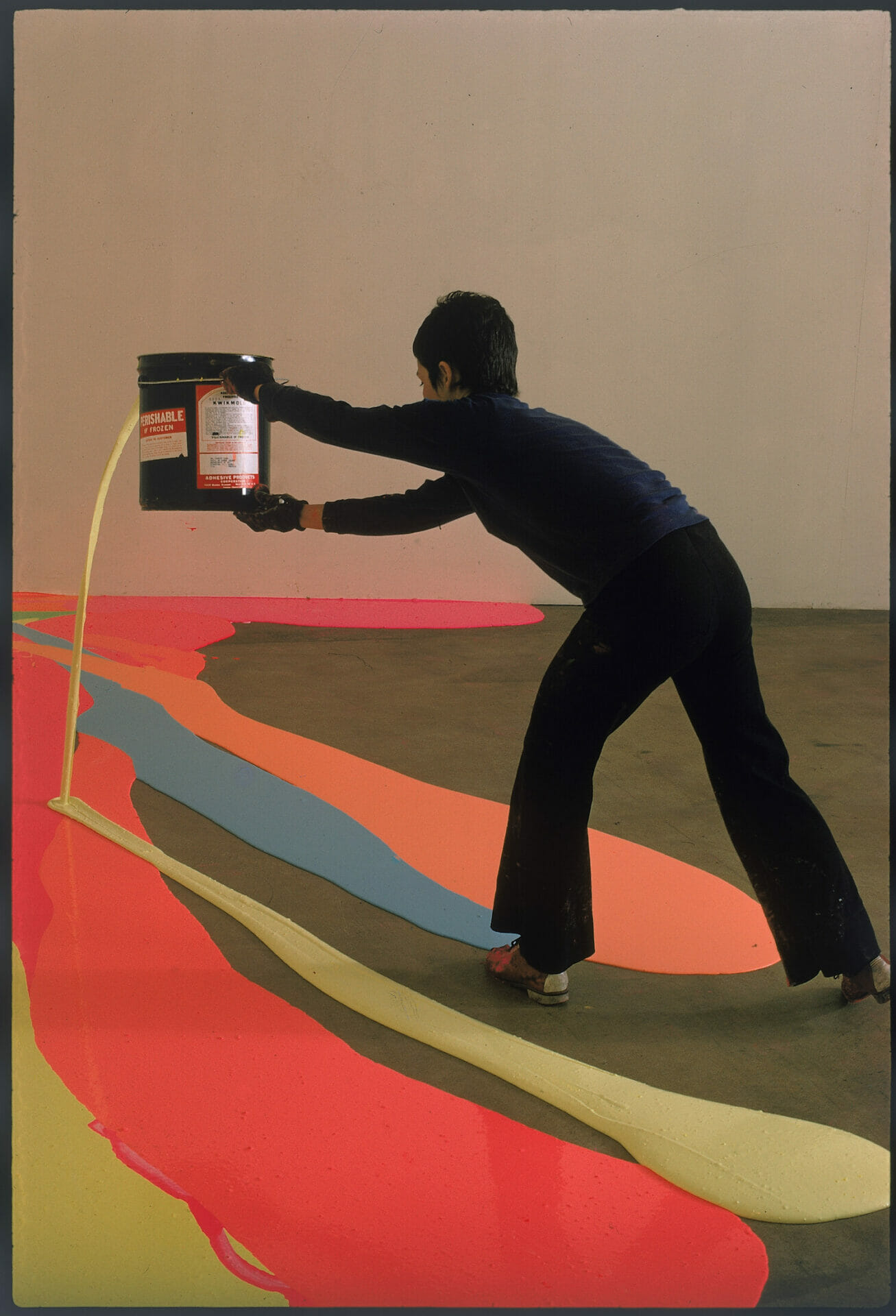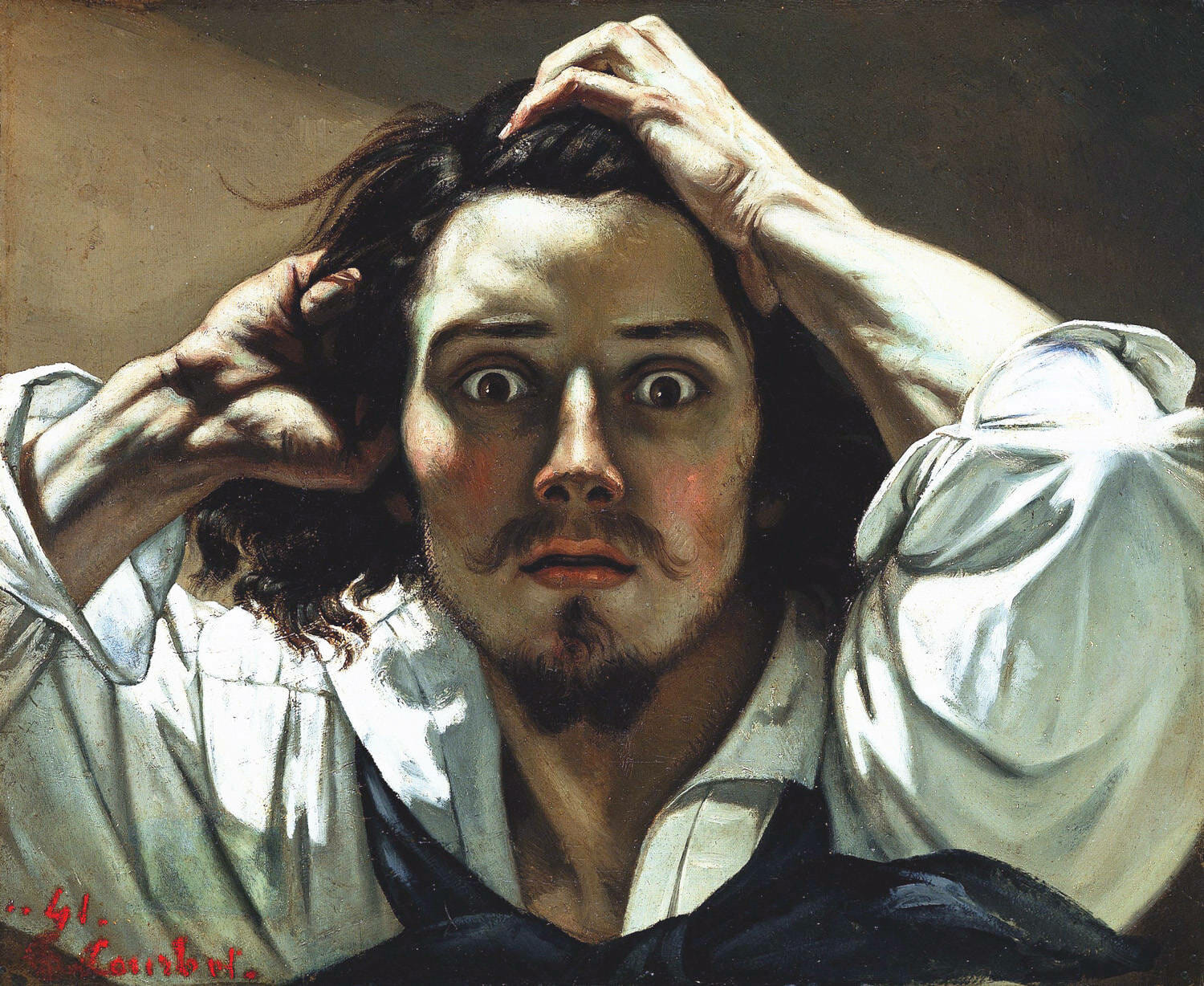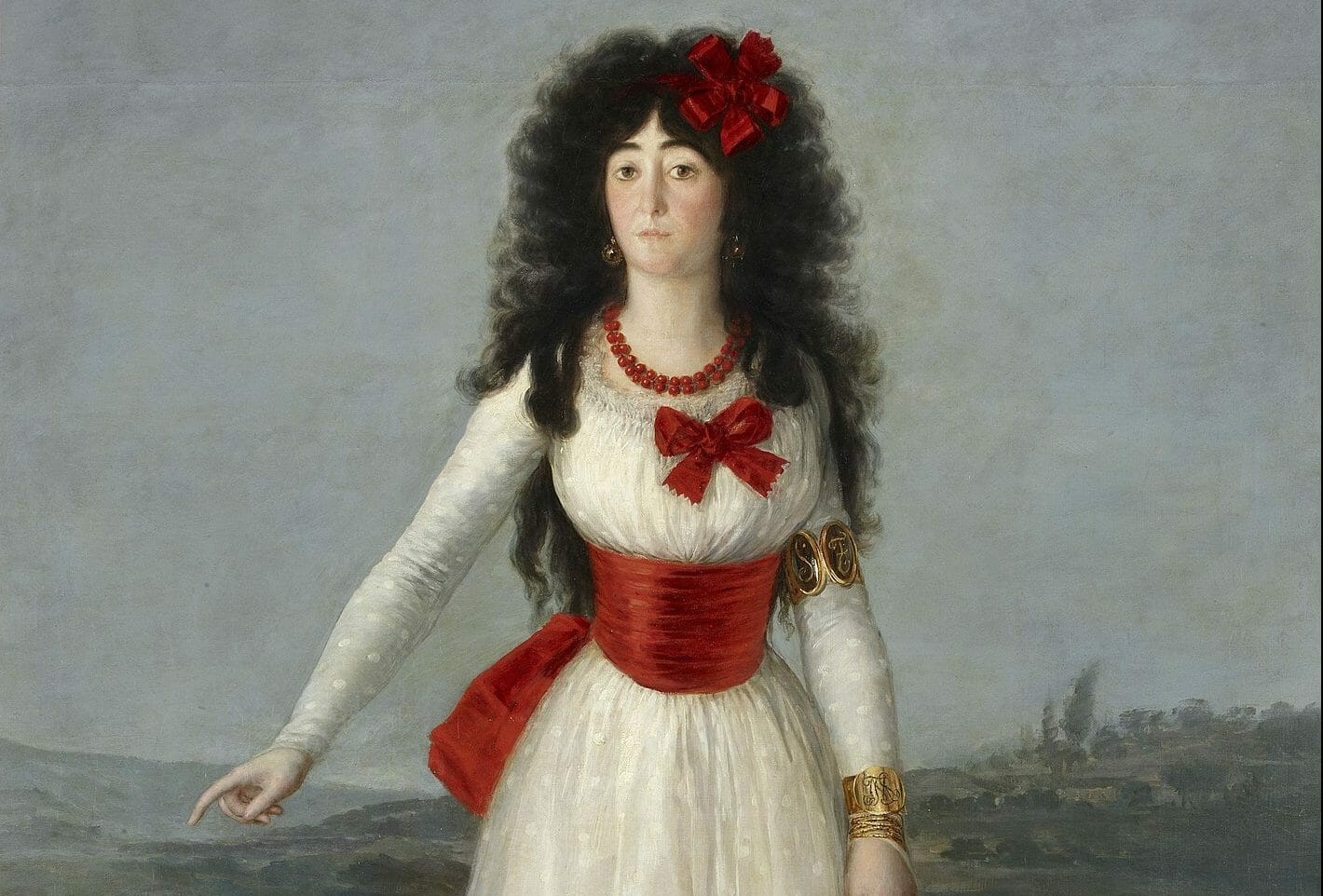
The two Fridas | Personal history meets cultural heritage, love, and pain
Material/Technique
Dimensions
Magdalena Carmen Frida Kahlo e Calderon – known universally as Frida Kahlo – was a Mexican painter whose style was influenced by her country’s folk culture and nature, as well as by political activism and the feminist movements of the first half of the twentieth century. Her extensive body of work consists of 250 paintings and drawings and includes a series of self-portraits, colorful and enigmatic. Her art is deeply personal and universal in scope and focuses on themes like Mexican culture, identity, femininity, nature, loss, and the experience of pain: her artwork The Two Fridas (Las Dos Fridas in Spanish) is an excellent example of all of them.
It is an oil painting produced the year she divorced her husband, the Mexican painter Diego Rivera. It is a large-scale work, 173cm x 173 cm, of almost human size. In this way, it represents herself, with her dual heritage, half European and half Mexican. Moreover, the portrait also highlights the pain caused by her passionate and tumultuous relationship with Diego.
Frida makes the personal political
The couple Frida Kahlo and Diego Rivera was one of the most iconic duos of modern art. They met during the Mexican post-revolutionary era, a turning point in the history of their nation. They were married in 1929, and the historical events that surrounded them imbued their art and their relationship.
The Mexican Revolution that lasted from 1910 to 1920 was a series of regional conflicts that brought a socio-political upheaval. It reinvigorated national pride and a cultural renaissance in the arts. This cultural program ignited a desire among the country’s intellectuals to embrace the country’s rural traditions and pre-Hispanic Mesoamerican heritage. Some artists, like Diego Rivera, painted large political murals that revived Mayan and Aztec culture. Often, they embedded indigenous symbols into industrial landscapes to create a new modern Mexican aesthetics.
Frida’s political activism revolved more around herself and her individuality, although she had joined the country’s Communist Party. She painted more miniature self-portraits inspired by Mexican folk culture. Influenced by Rivera’s strong nationalism, Frida became interested in indigenous and embraced traditional costumes. For instance, Frida wears in this painting the Huipile, a blouse with decorative embroidery. This form of embroidery is a testimony of the highest Mayan weaving art.
With time, the artist developed her own style and a recognizable persona carrying her own ideals of beauty. With each new variation of her self-portrait, she explored deeper into her identity. Long before it was a concept, Frida made the individual political.
The European Frida and the Mexican Frida
The double portrayal of Frida brings to the fore her mixed origins. On the right side, she sits wearing a white Victorian-style dress, suitable for the young catholic caste. She is the European Frida, of the same flesh and blood as her German father. Symmetrically opposed sits the dark-skinned Frida who is sensually enveloped in bright Tehuana garment.
Frida’s multiple origins are not exceptional. On the contrary, her story provides the viewers with information on the history of Latin American populations. The painting is representative of a complex mosaic of ethnicities. One composed of indigenous tribes and the subsequent integration of various immigration waves from Europe, Africa, and Asia.
However, not all ethnicities stand on an equal footing. Moreover, this inequality was traditionally represented in a series of paintings called casta paintings. These depicted a classification of racial diversity in the New World. In effect, during colonization, the Spanish created a system of caste to trace mestizaje. They depicted the multiple types of mixed-racial families in order to explain them to the people back in Europe. But above all, it was used to assert Spanish superiority over other racial groups in the colonies. The Mexican Revolution of 1910 marked the end of this system. In particular, the mestizos, the half-caste, believed it was outdated. Indeed, these children of multiple origins, like Frida, formed the majority of the Mexican population. Hence, they armed themselves in violent struggles to abolish the privileges of the Spanish-blooded upper class.

The Two Fidas, a mirror to heal
The Two Fridas painted in 1939 conceals a second significance relating to the biography of the artist. This self-portrait serves also as a mirror of her emotions. At first, Frida used the mirror as an instrument in order to observe herself. Not just polio as a child, but the bus accident when she was 18 saw her confined to bed for three months in her late teens. Hence, stuck with herself, she started painting her own image. Later, however, painting her reflection became the possibility to manipulate reality, to create a version expressing her inner truths.
In the painting, both Fridas have their chest exposed with a broken heart. The Frida in Tehuana dress holds a portrait of Diego as a child. Her husband only loved this version of her, as the emblem of indigenous and rural beauty. The neglected European Frida is attempting to stop the blood pouring from their hearts. Yet, the carmin red fluid stains her immaculate dress, fading into the patterns at the bottom. The heart, the red, and the blood are all symbols of the intensity of her love.
The couple married two times and went through one painful divorce. However, this window of time was truly liberating, giving her the opportunity to travel and experiment with her independence. In the painting, the Tehuana Frida is holding the hand of the other Frida, supporting herself. Hence, she showed that without Diego around, she became her own woman.
A modern icon
One of the trips that she made alone led her to Paris. There, she earned the interest of Surrealist painters and intellectuals. Like Salvador Dalí, they valued her art that played with symbolism and the imaginary. André Breton, the leader of the surrealist group, described her art as “a bomb wrapped in a ribbon”. However, Frida claimed she painted in the moment things that were very real to her. She declared to be an autodidact and not bound to any movement.
A bomb wrapped in a ribbon
André Breton
The self-portraits of Frida Kahlo mirrored her constructed persona, with its iconic style, carrying her ideals. The Two Fridas was the artwork that made her recognizable around the world. She became a heroine figure of struggles. Frida through her paintings of the intimate and of her sufferings showed incredible resilience. This is why Frida is still relevant today. Her face became the banner of those who fought around her politics, her ethnicity, and her disability.











